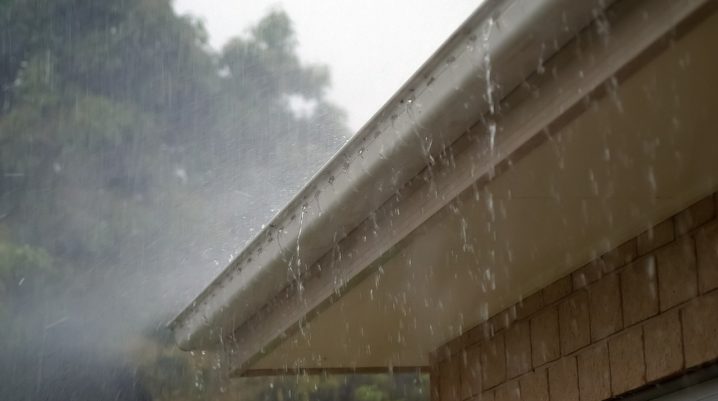
This post will reveal the things to consider when buying and installing rain gauge.
Doesn’t it sound amazing having your own meteorological department at your home place? Given that it is a direct instrument to read and record data, you need not always wait to get information from radios and other news reporting media.
With the gauges, you are able to personally forecast and determine the weather patterns without necessarily depending on the national grid. In this article, you will be informed on factors you have to consider when purchasing the rain gauges and also be guided on the installation process.
Buying Guide For Rain Gauge
Be assured of being conned if you have to decide to buy a rain gauge without setting out your wants. Does it sound threatening? you can refer this TheWeatherMakers guide on Rain gauge where you can find the best rain gauge that suits your requirement. Anyway, if you have to buy a proper gauge, consider the following factors.
Consider the brand
Brand speaks! The high selling brand is a sign of a quality product irrespective of the prices. The accuracy and durability of the gauges are some of the major factors, and there are companies that have highly kept this atop. Why should you buy a product that doesn’t emphasize the value of your money? The right gauge will serve for a long time. You need not regularly replace it. I may not be in the right position to suggest the right brand for you as there are several depending on where you live.
Consider the Price
As far as branding is essential, the price is very important. Most successful people are those that monitor their expenditures. As much as the gauge has all the qualities, it should allow you to save some cash for other purposes, even though they say quality has a price tag. Save money by buying a simple rain gauge.
Consider what others have said
You have not to be the first person to experience the product. It is good to determine what other people have said after using the product. This is achieved by going through the review section if the gauge is online. From the review section, are other users proud of the product? Has the product been recommended to others?
If this product has glowing reviews, then there are some chances that this is a good gauge to serve you. If there are negative reviews, you will need to take a look and decide whether you’ll tolerate it or abandon it. A gauge without reviews does not mean the product is fake. However, you need to be cautious as you don’t know how it performs, and there are possibilities that you are the first users.
Ease of installation
You should be cautious of double charges; the cost of purchase and the installation cost. It is necessary to buy a rain gauge that is easy to install and that comes with the installation manual. The gauge should have minimum maintenance chances. Choose a simple gauge with fewer complications in reading and set up.
Calibrations
For accurate readings, the gauge should be well-calibrated. Here precision and accuracy will be guaranteed, especially if you are a weather reporter. This essentially is needed for even home-owners. Or for what benefit do you need to buy it? It should have the right figures at all times and should be able to give you results close to those at the weather station. Some gauges will corrode the calibrations finding it hard to read the values.
Installing The Rain Gauge
The following procedure can be borrowed if you need to install a rain gauge at your place.
- Location: The location should be open. Ensure there are no trees around and other obstructions such as walls, fences and flower beds. These obstructions may block some raindrops falling on the catchment funnel; thus, the data obtained may not be accurate. Always ensure the gauge is twice the object’s height. That’s a rule of thumb. For example, if there are a tree 10ft high, then if you have to set up a gauge close to it, it should be 20ft high.
- The surface: The gauge should be horizontal to ensure a balanced meniscus. To facilitate this, you can either mount your gauge on a vertical post or, if you have to install it on the ground, then set it up on a clear flat surface. There are ClimeMET rain gauges that have their mounting spikes. This makes it easier for you to install them.
- When attaching the gauge, ensure that the opening is higher than the anchor point. This is necessary to avoid backdrops which can result in more water into the gauge, thus leading to false readings.
- Try to ensure the position of the gauge is about 4 feet to 6 feet above the ground. However, the gauge should not be 2 feet higher from the ground.
Conclusion
Having the right gauge with poor installation skills will lead to errors. The same applies when you choose the wrong gauge with the right installation skills. The two should go hand in hand. I do believe you are now set to choose the right gauge and install it right!
